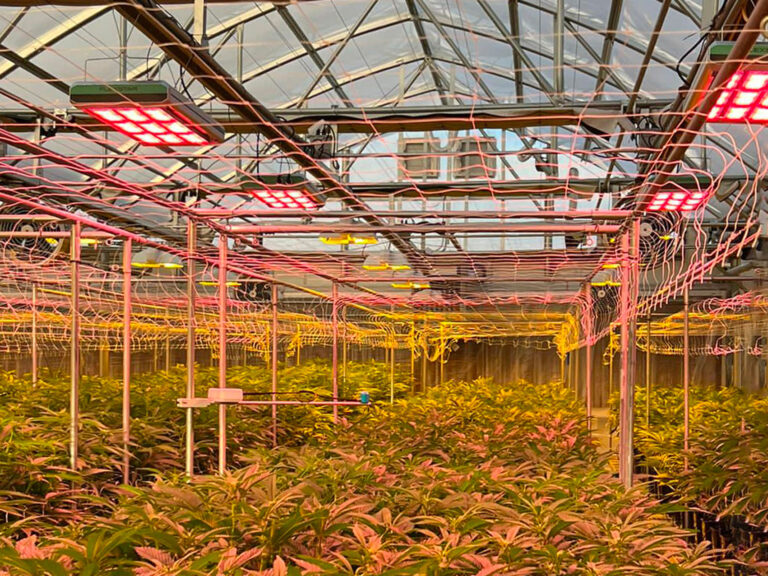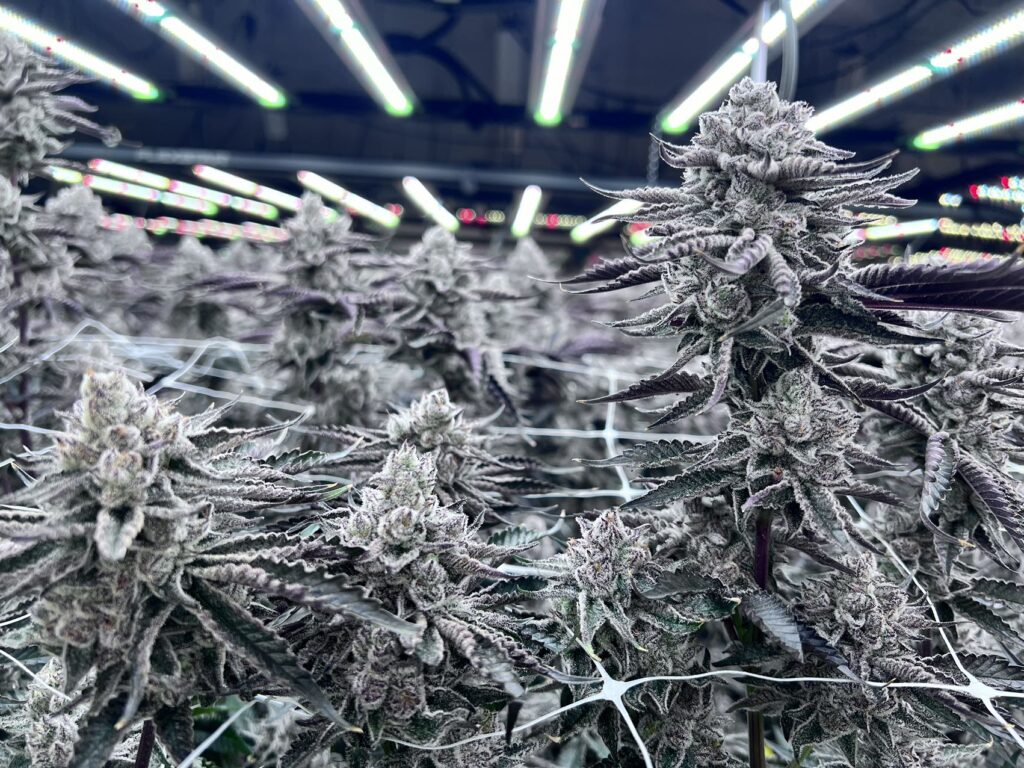Introduction
In the world of modern agriculture, achieving high quality and maximizing yields are crucial goals for any grower. Crop steering is a sophisticated technique that helps farmers and horticulturists fine-tune their growing conditions to optimize both quality and yield. But what exactly is crop steering, and how can you implement it effectively? Let’s explore this cutting-edge approach to elevate your cultivation practices.

1. Understanding Crop Steering
- What is Crop Steering?
Crop steering is the process of manipulating environmental conditions to guide plant growth and development. By carefully controlling factors such as irrigation, light, temperature, humidity, and nutrients, growers can steer crops towards desired outcomes, enhancing both the quality and the yield of their harvests.
- History and Evolution
The concept of crop steering has evolved significantly over time. Initially, growers relied on basic adjustments and manual observations. However, advancements in technology, such as sensors, automation systems, and data analytics, have revolutionized crop steering, making it more precise and effective.
2. Key Factors in Crop Steering
2.1 Environmental Control
Temperature and Humidity
Maintaining optimal temperature and humidity levels is essential for plant health. By adjusting these parameters, you can influence the growth rate, flowering, and fruiting of your crops. For instance, cooler temperatures may promote vegetative growth, while warmer conditions can encourage flowering.
2.2 Light Management
Light Intensity and Duration
Light is a critical factor in crop steering. Controlling light intensity and duration allows you to regulate photosynthesis and plant development. Using techniques such as supplemental lighting or shading can help create the perfect light environment for your crops.
2.3 Nutrient Delivery
Precision Nutrient Management
Providing the right nutrients at the right times is crucial for crop health. Precision nutrient management ensures that plants receive the necessary elements for each growth stage, preventing deficiencies and promoting robust development.
2.4 Watering Strategies
Irrigation Techniques
Efficient water management is a key aspect of crop steering. Techniques such as drip irrigation, ebb and flow systems, and automated watering schedules can help maintain optimal soil moisture levels, reducing water waste and preventing stress on plants.
3. Implementing Crop Steering Techniques
3.1 Setting Up Your Environment
Greenhouse vs. Indoor Setups
Both greenhouses and indoor setups offer unique advantages for crop steering. Greenhouses provide natural light and ventilation, while indoor setups allow for complete control over environmental conditions. Choose the setup that best suits your needs and resources.


3.2 Monitoring and Adjusting Conditions
Sensors and Automation
Modern crop steering relies heavily on sensors and automation. Sensors can monitor temperature, humidity, light, and soil conditions in real-time, while automation systems can make precise adjustments based on the data collected. This ensures consistent and optimal growing conditions.
3.3 Data Collection and Analysis
Importance of Data in Crop Steering
Collecting and analyzing data is vital for successful crop steering. By tracking various parameters and their effects on plant growth, you can make informed decisions and fine-tune your techniques to achieve the best results.
4. Benefits of Crop Steering
4.1 Enhanced Crop Quality
Improved Flavor, Potency, and Aesthetics
Crop steering can significantly improve the quality of your produce. By optimizing growing conditions, you can enhance the flavor, potency, and appearance of your crops, making them more appealing to consumers.
4.2 Increased Yields
Maximizing Plant Productivity
One of the primary goals of crop steering is to maximize yields. By providing the ideal environment for plant growth, you can boost productivity and achieve higher harvest volumes.
4.3 Resource Efficiency
Reducing Waste and Optimizing Inputs
Crop steering helps optimize the use of resources such as water, nutrients, and energy. This not only reduces waste but also lowers production costs and minimizes the environmental impact of your operations.
5. Challenges and Considerations
5.1 Initial Setup Costs
Investment in Equipment and Technology
Implementing crop steering requires an initial investment in equipment and technology. This includes sensors, automation systems, and possibly a new growing setup. While the upfront costs can be significant, the long-term benefits often outweigh the expenses.
5.2 Learning Curve
Training and Education
There is a learning curve associated with crop steering. Growers need to educate themselves on the principles and techniques, as well as stay updated with the latest advancements. Training and continuous learning are essential for success.
5.3 Consistent Monitoring
Importance of Vigilance
Crop steering requires consistent monitoring and adjustments. Growers must stay vigilant and responsive to changes in plant behavior and environmental conditions. This level of attention is necessary to maintain optimal growth and avoid potential issues.
Conclusion
- Summarizing the Advantages
Crop steering offers numerous advantages for improving the quality and yields of your crops. By controlling environmental conditions and fine-tuning your growing techniques, you can achieve superior results in terms of both product quality and quantity.
- Final Thoughts on Crop Steering
In conclusion, crop steering is a powerful tool for modern growers. While it requires investment and dedication, the benefits of enhanced quality, increased yields, and resource efficiency make it a worthwhile endeavor. Embrace crop steering to take your cultivation practices to the next level and enjoy the rewards of superior crops.
FAQs
- What is the main goal of crop steering?
The main goal of crop steering is to optimize environmental conditions to enhance the quality and yield of crops.
- How quickly can I see results with crop steering?
Results can vary, but many growers notice improvements within a few growth cycles as they fine-tune their techniques.
- Is crop steering suitable for all types of crops?
Yes, crop steering can be applied to a wide range of crops, although the specific techniques may vary depending on the plant species.
- What are the best tools for monitoring conditions?
Sensors and automation systems are the best tools for monitoring and adjusting environmental conditions in crop steering.
- Can crop steering be automated completely?
While many aspects of crop steering can be automated, consistent human oversight and adjustments are still necessary for optimal results.

